Demystifying ERC-20: A Beginner’s Guide to Token Standards
Introduction
In the world of blockchain and cryptocurrencies, tokens play a pivotal role. They represent digital assets or utilities within a decentralized network. Ethereum, widely regarded as the pioneer of smart contracts, introduced a token standard called ERC-20. ERC-20 has become the most widely adopted token standard in the industry, powering thousands of tokens and enabling new possibilities for decentralized applications (DApps). In this article, we will delve into the details of ERC-20, explaining what it is, how it works, and its significance in the blockchain ecosystem.
What is ERC-20?
ERC-20 stands for Ethereum Request for Comments 20, with the 20 being the proposal identifier. It is a technical standard used for the implementation of tokens on the Ethereum blockchain. ERC-20 defines a set of rules and regulations that Ethereum-based tokens must adhere to, ensuring compatibility and ease of integration across various platforms and wallets.
Created by Fabian Vogelsteller and Vitalik Buterin in 2015, ERC-20 tokens brought about a token revolution, setting a standard for tokenized assets and enabling the explosion of Initial Coin Offerings (ICOs) during the 2017 crypto boom. ERC-20 tokens are fungible, meaning they have identical values and can be exchanged on a one-to-one basis.
How Does ERC-20 Work?
To understand how ERC-20 works, let’s break down its key functionalities:
1. Token Balance: ERC-20 tokens rely on a balance mapping, which associates the token balance with the Ethereum address of the token holder. This balance mapping allows for easy tracking of token ownership.
2. Token Transfer: The transfer of ERC-20 tokens is facilitated by a transfer function. This function enables the sender to initiate a transfer to a specific Ethereum address, deducting the specified amount from the sender’s account and adding it to the recipient’s account.
3. Approval Mechanism: ERC-20 tokens utilize an approval mechanism to allow third parties, such as smart contracts or decentralized exchanges, to spend tokens on behalf of the token holder. The token holder approves the designated address using the “approve” function and specifies the maximum number of tokens that can be spent.
4. Token Metadata: ERC-20 tokens can provide additional information about themselves, such as the total supply, token name, symbol, and decimals, using token metadata functions. This enables wallets and exchanges to display accurate information about the tokens.
5. Event Notification: ERC-20 tokens emit events during token transfers and approvals, allowing external applications and services to be notified when particular actions occur.
Why is ERC-20 Important?
ERC-20 has played a significant role in the growth and development of the blockchain industry. Here are a few reasons why it is important:
1. Interoperability: ERC-20 tokens are standardized, which means they can seamlessly interact with other decentralized applications, wallets, and exchanges supporting the ERC-20 standard. This interoperability fosters liquidity and ease of use.
2. Tokenization: ERC-20 has paved the way for tokenization, enabling the representation of various real-world and digital assets as tokens on the Ethereum blockchain. This has opened up new possibilities for fundraising, asset management, and fractional ownership.
3. Crowdfunding: The introduction of ERC-20 tokens revolutionized fundraising through ICOs. ERC-20 tokens made it easier for projects and startups to create and distribute their tokens, enabling global participation and liquidity.
4. DApp Development: ERC-20 tokens serve as the backbone for many decentralized applications built on the Ethereum blockchain. These tokens can represent in-app currencies, governance rights, or even ownership of virtual assets within the applications.
5. Standardization: ERC-20 tokens have become the de facto standard for token creation, resulting in wide adoption and support from wallets, exchanges, and blockchain-related services. This standardization has created a robust ecosystem around token management and usage.
Frequently Asked Questions (FAQs)
1. How do I create an ERC-20 token?
To create an ERC-20 token, you need to follow the ERC-20 token standard. Several online tutorials and code templates are available to guide you through the process. Solidity, the programming language for Ethereum smart contracts, is commonly used to develop ERC-20 tokens.
2. Can ERC-20 tokens be exchanged for other tokens?
Yes, ERC-20 tokens can be exchanged for other tokens and cryptocurrencies. They can be listed and traded on decentralized exchanges (DEXs) or centralized exchanges that support ERC-20 tokens. The compatibility of ERC-20 tokens across different platforms ensures their widespread tradability.
3. What is the difference between ERC-20 and ERC-721?
While ERC-20 tokens are fungible and represent identical assets, ERC-721 tokens are non-fungible and represent unique assets. ERC-721 tokens are often used to represent collectibles, virtual assets, or ownership rights that require individual identification and uniqueness.
4. Are all Ethereum tokens ERC-20?
No, not all Ethereum tokens are ERC-20. Ethereum supports various token standards, such as ERC-721 for non-fungible tokens and ERC-1155 for both fungible and non-fungible tokens. However, ERC-20 is the most widely adopted token standard.
5. Can I lose my ERC-20 tokens if I send them to the wrong address?
Yes, if you send your ERC-20 tokens to an incompatible address (such as a Bitcoin address), you may lose them permanently. It is crucial to double-check the receiving address and ensure it supports ERC-20 tokens before making any transfers.
Conclusion
ERC-20 tokens have revolutionized the blockchain industry, enabling secure and standardized tokenization on the Ethereum blockchain. Their compatibility, interoperability, and ease of use have fueled the growth of decentralized applications, crowdfunding, and token-based economies. Understanding the ERC-20 standard is essential for anyone venturing into the world of blockchain and cryptocurrencies. As the blockchain ecosystem continues to evolve, ERC-20 remains a cornerstone, providing a foundation for innovation and token interoperability.
More in this category ...
Ripple companions with SBI Group and HashKey DX for XRPL answers in Japan
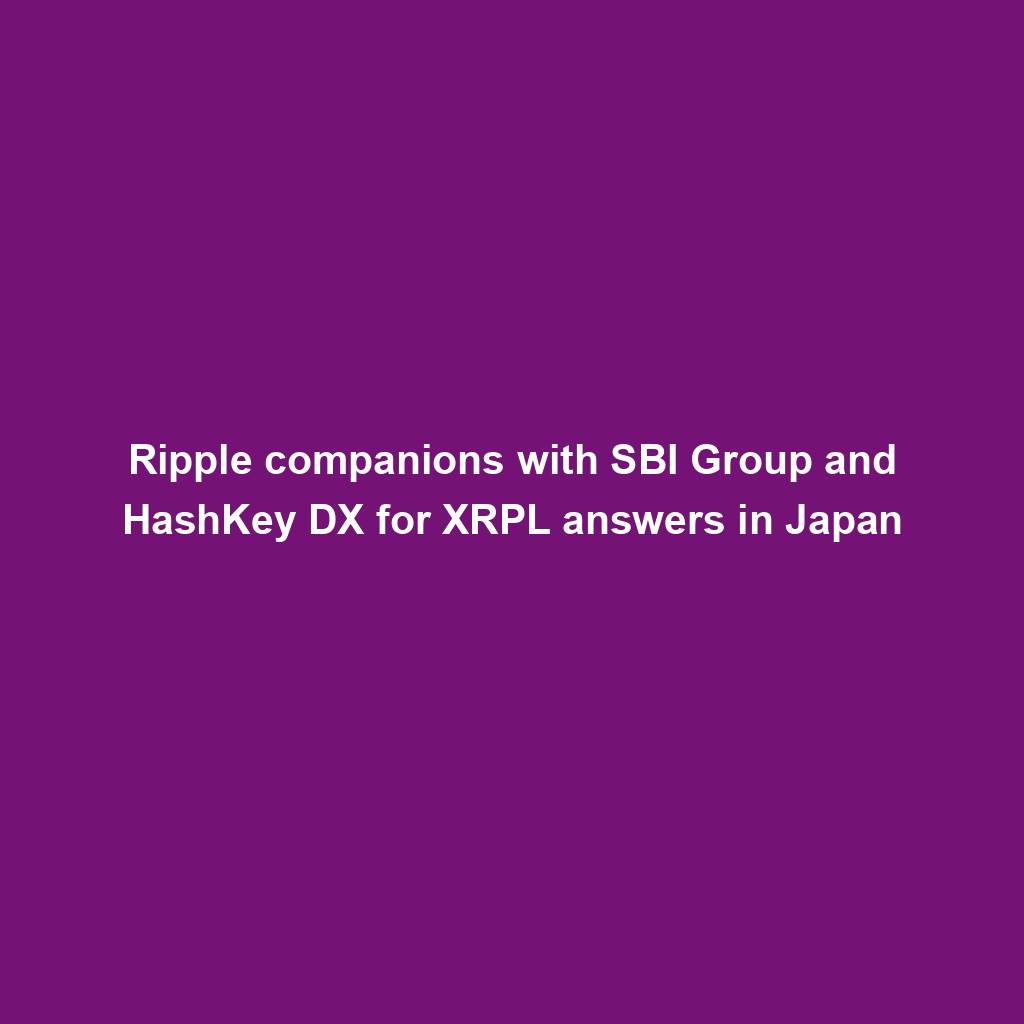
April sees $25M in exploits and scams, marking historic low ― Certik
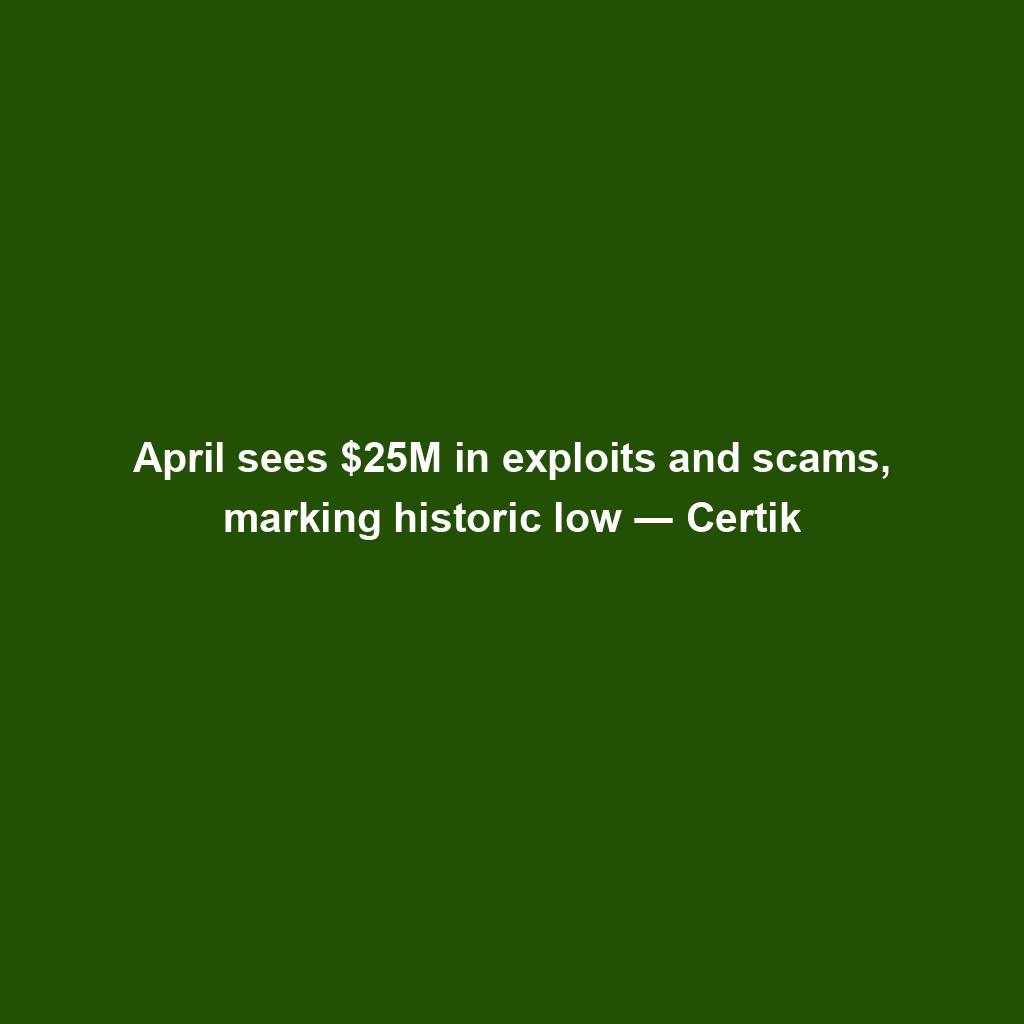
MSTR, COIN, RIOT and different crypto shares down as Bitcoin dips
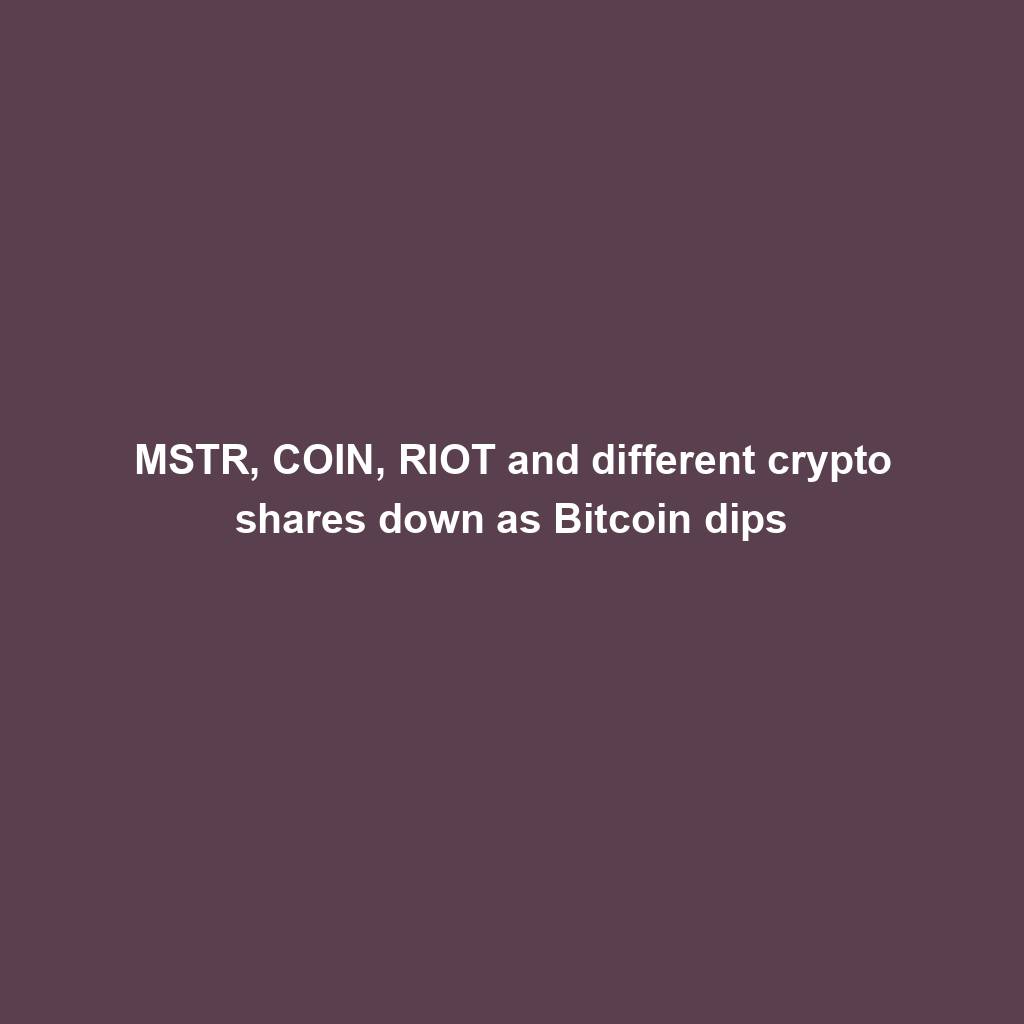
EigenLayer publicizes token release and airdrop for the group
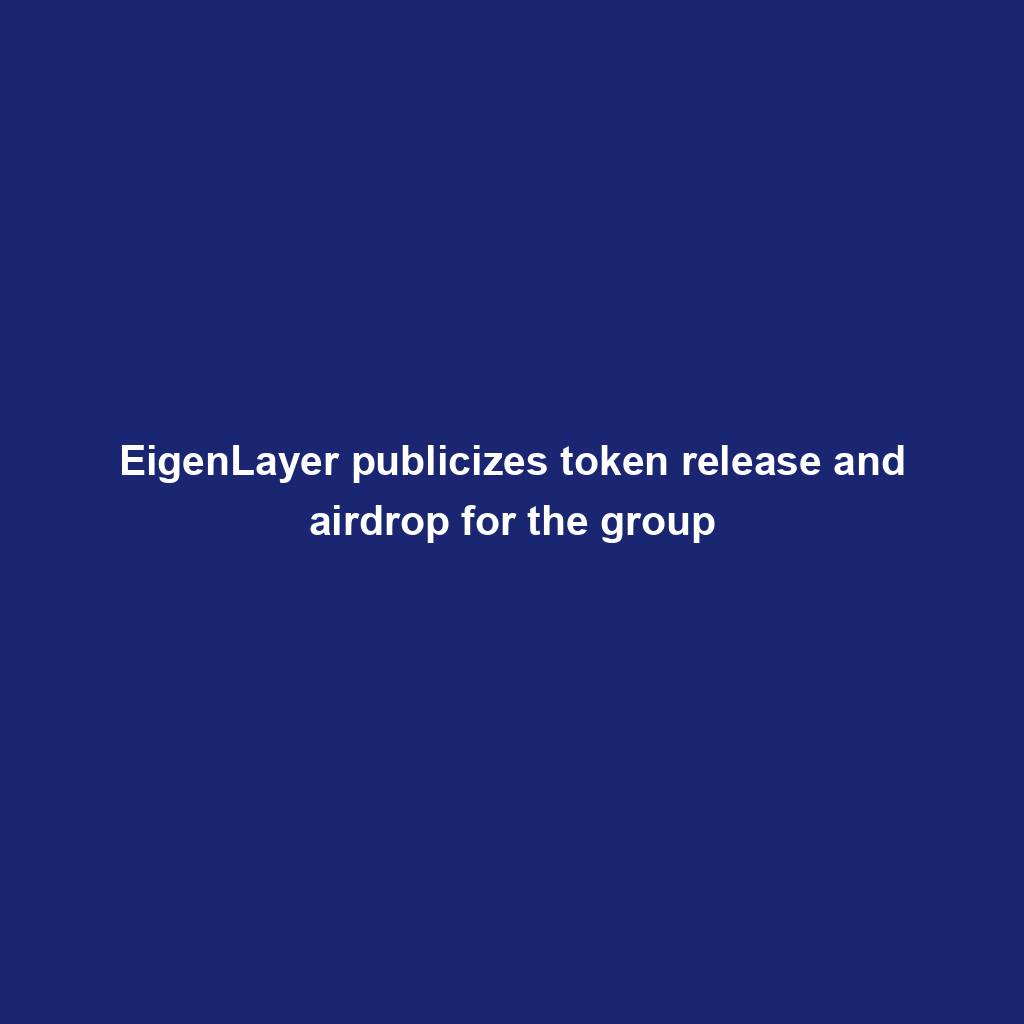
VeloxCon 2024: Innovation in knowledge control

Successful Beta Service release of SOMESING, ‘My Hand-Carry Studio Karaoke App’

Dogwifhat (WIF) large pump on Bybit after record reasons marketplace frenzy
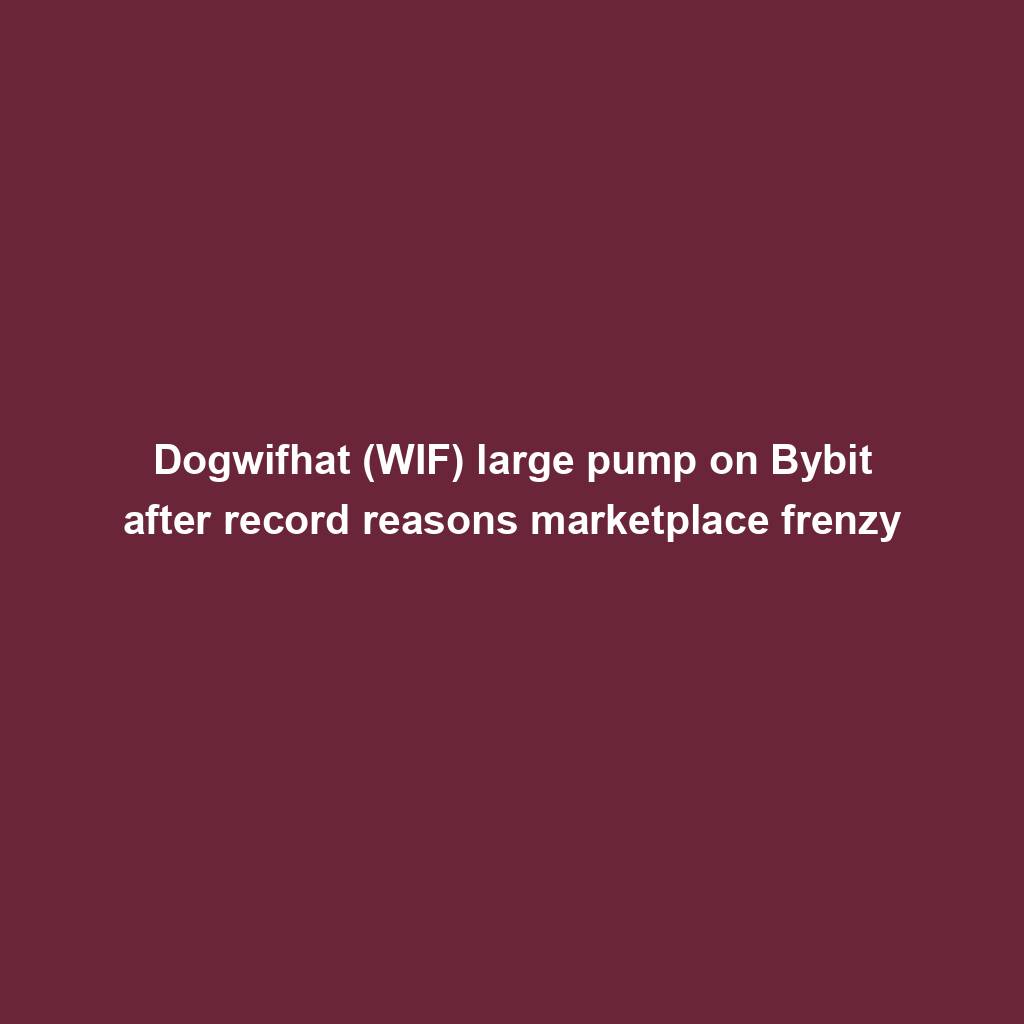
How fintech innovation is riding virtual transformation for communities around the globe
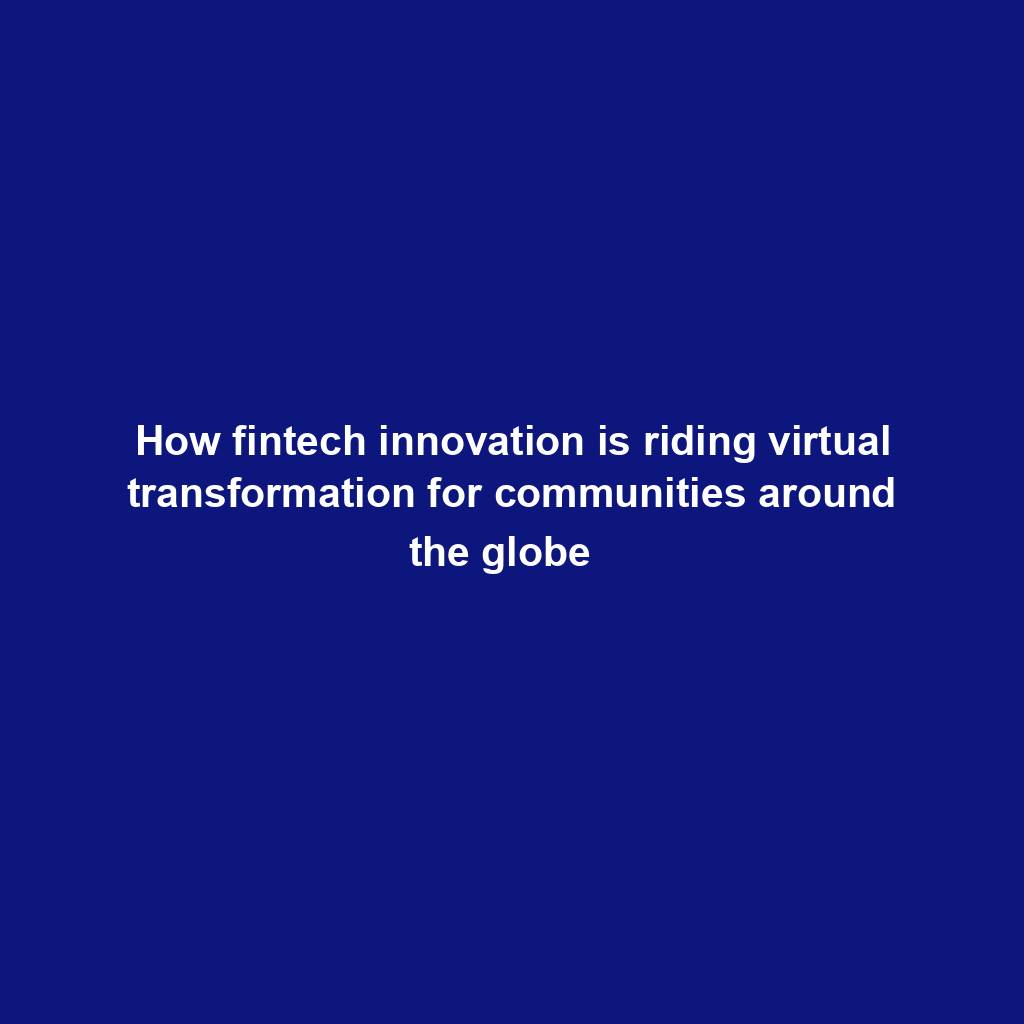
Wasabi Wallet developer bars U.S. customers amidst regulatory considerations

Analyst Foresees Peak In Late 2025
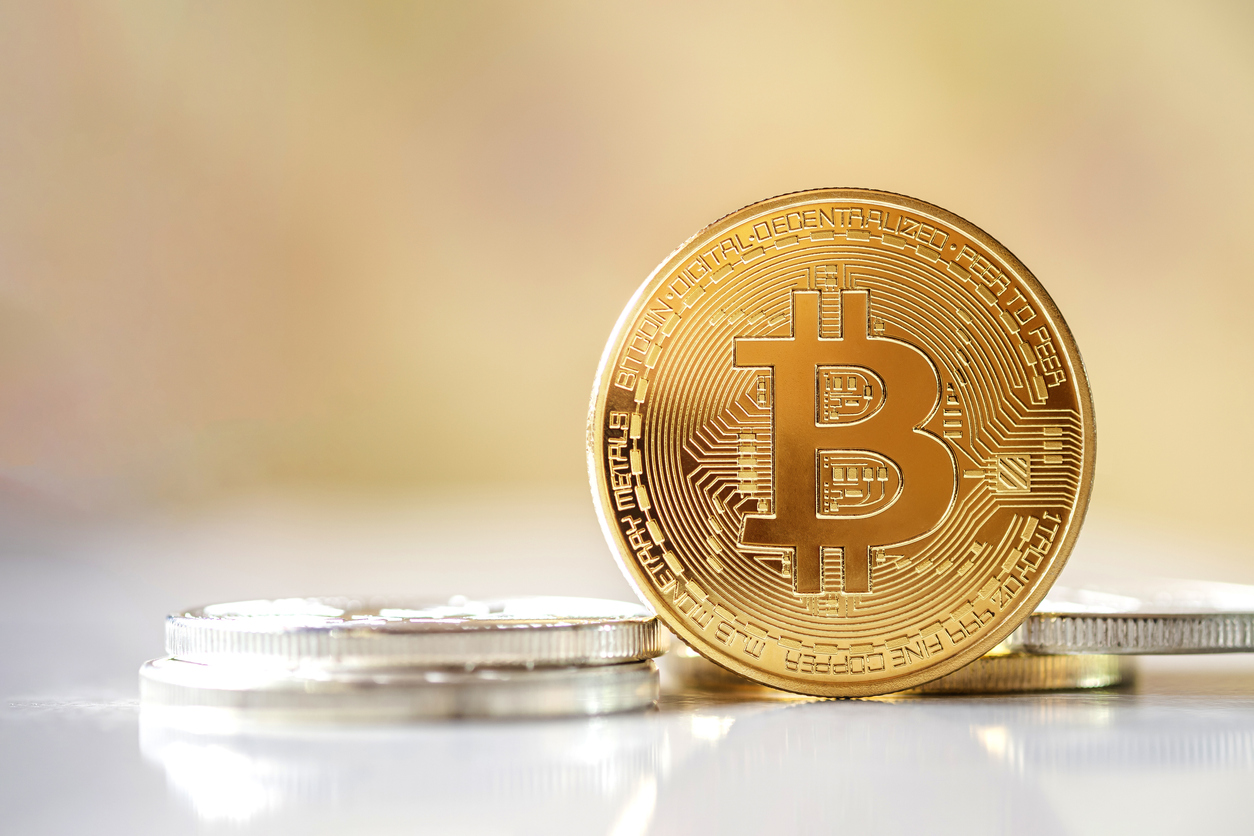
Solo Bitcoin miner wins the three.125 BTC lottery, fixing legitimate block
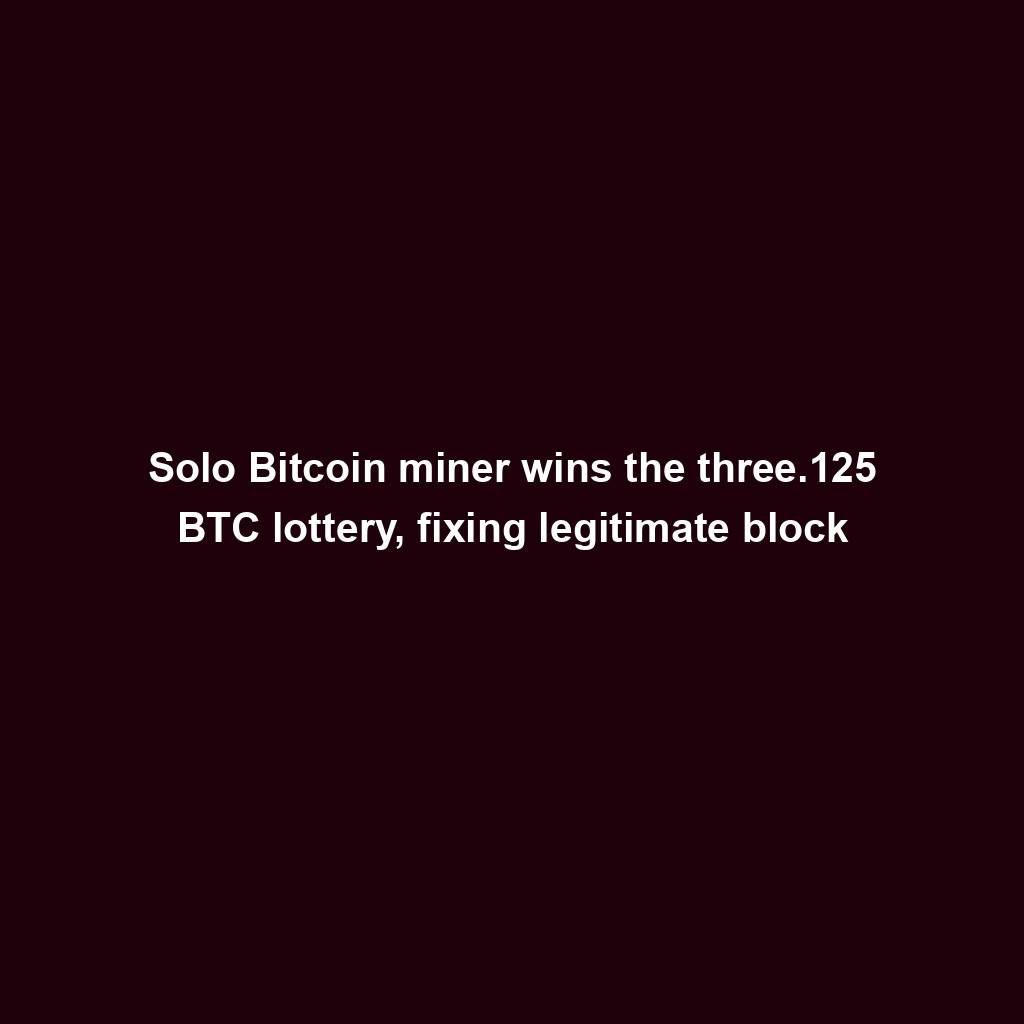
Ace Exchange Suspects Should Get 20-Year Prison Sentences: Prosecutors

Google Cloud's Web3 portal release sparks debate in crypto trade

Bitcoin Primed For $77,000 Surge

Bitbot’s twelfth presale level nears its finish after elevating $2.87 million
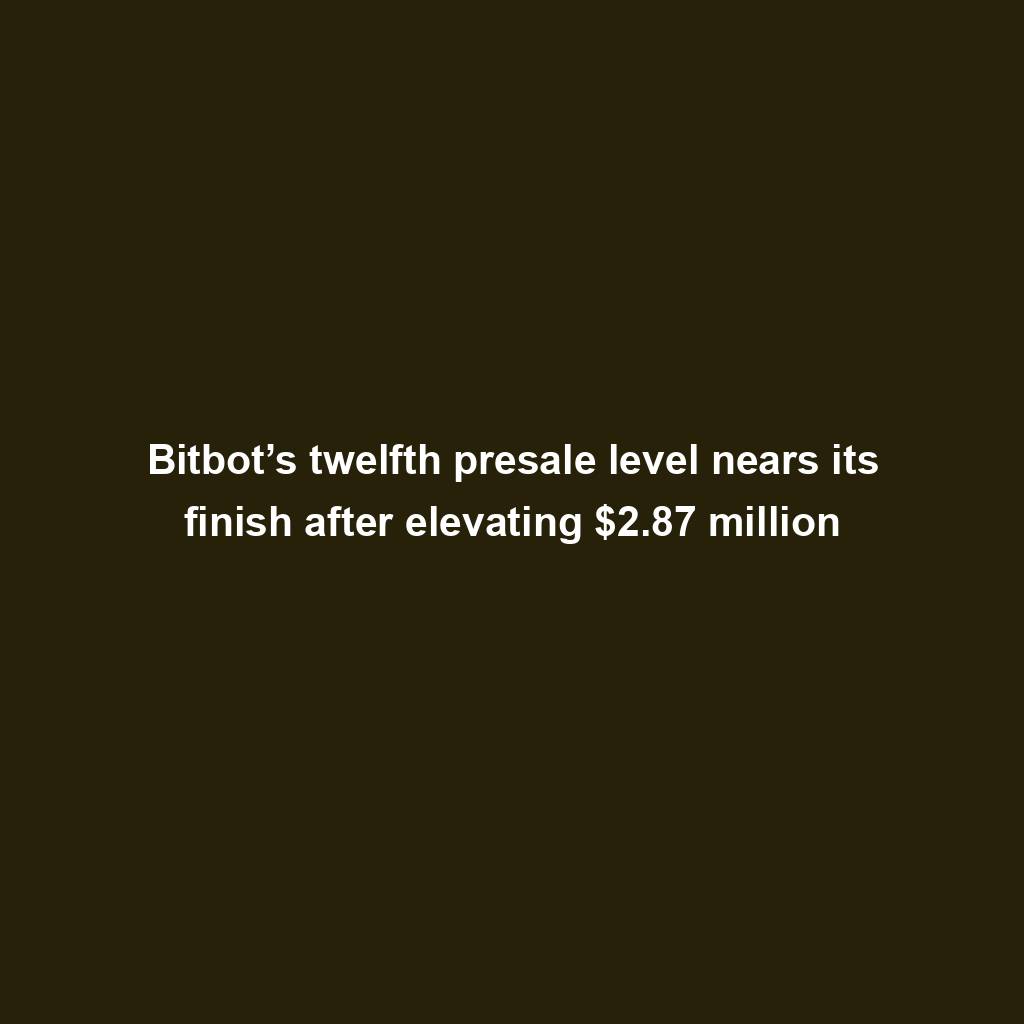
PANDA and MEW bullish momentum cool off: traders shift to new altcoin

Commerce technique: Ecommerce is useless, lengthy are living ecommerce

Republic First Bank closed by way of US regulators — crypto neighborhood reacts
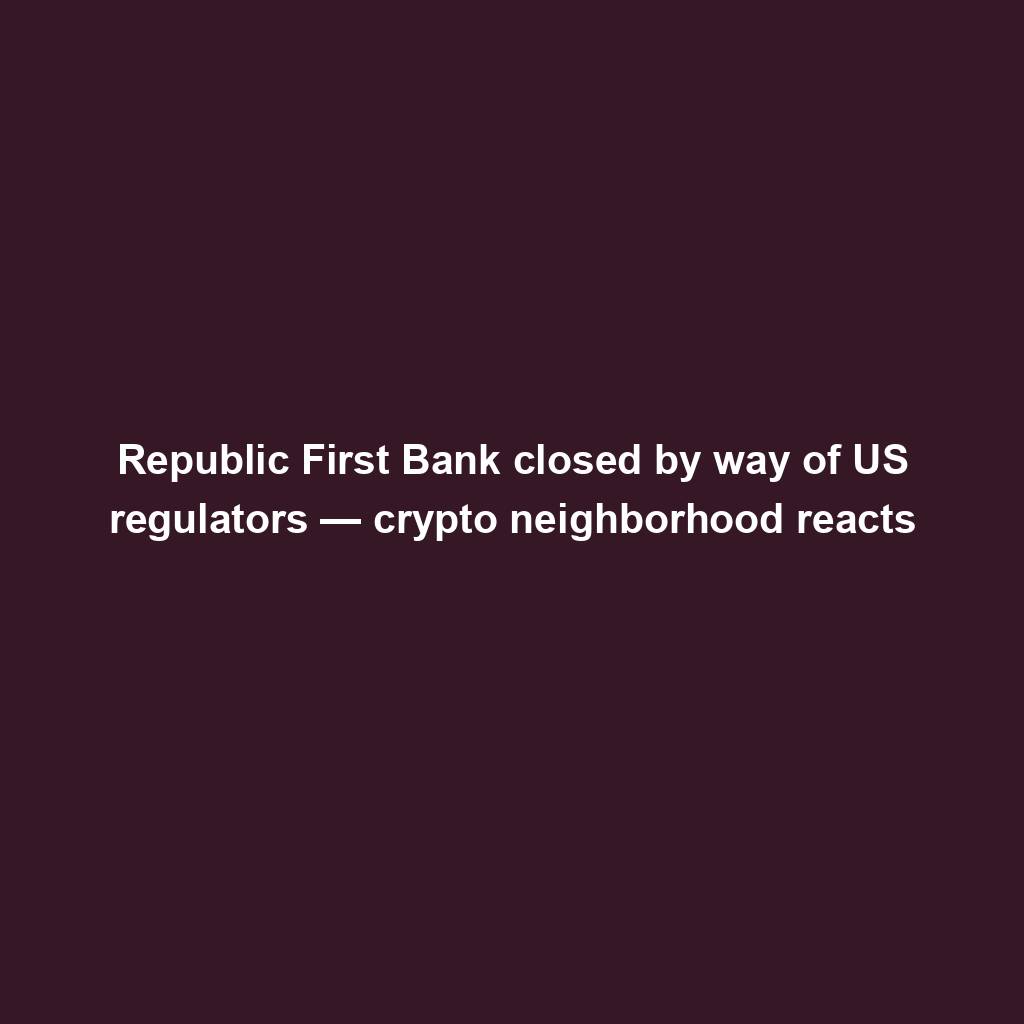
China’s former CBDC leader is beneath executive investigation

Bigger isn’t all the time higher: How hybrid Computational Intelligence development permits smaller language fashions
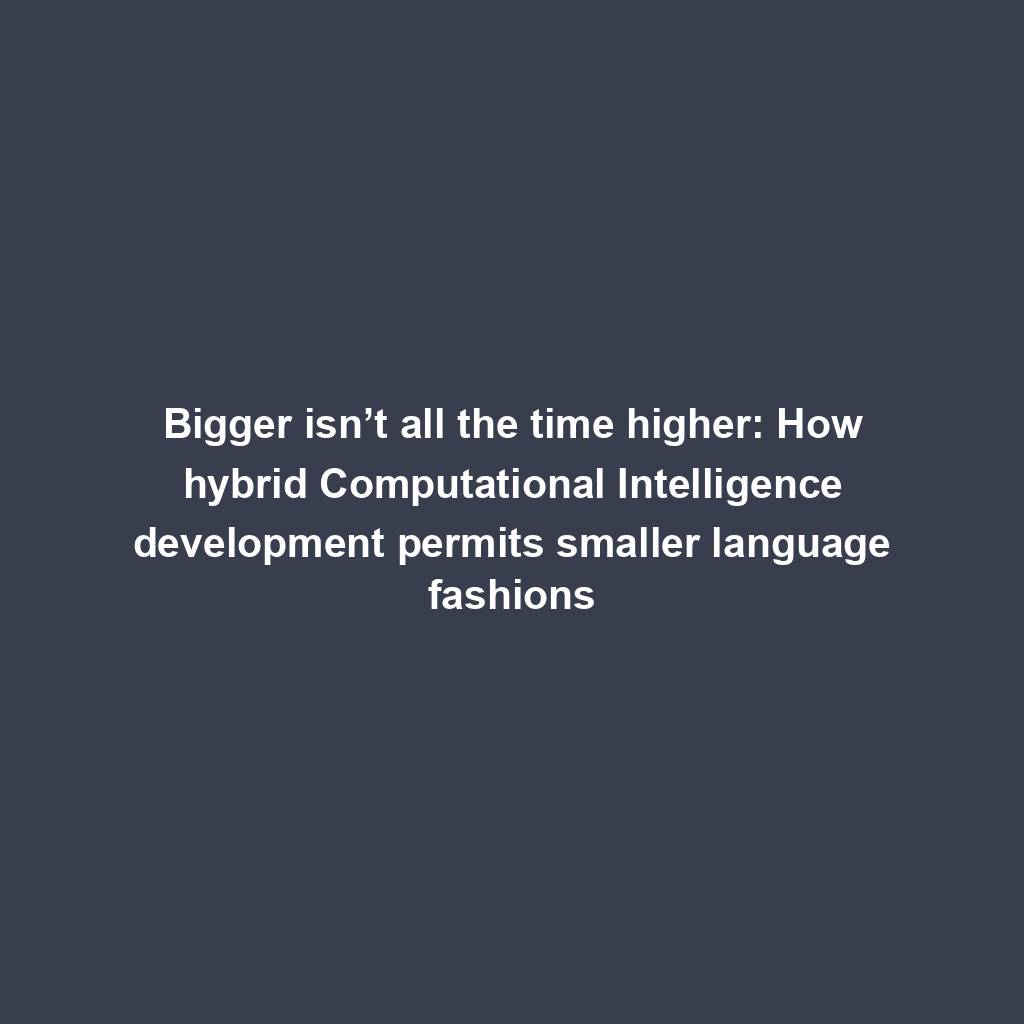
Pantera Capital buys extra Solana (SOL) from FTX
Successful Beta Service release of SOMESING, ‘My Hand-Carry Studio Karaoke App’

SEC sues Bitcoin miner Geosyn Mining for fraud; Bitbot presale nears $3M

Business procedure reengineering (BPR) examples

85% Of Altcoins In “Opportunity Zone,” Santiment Reveals
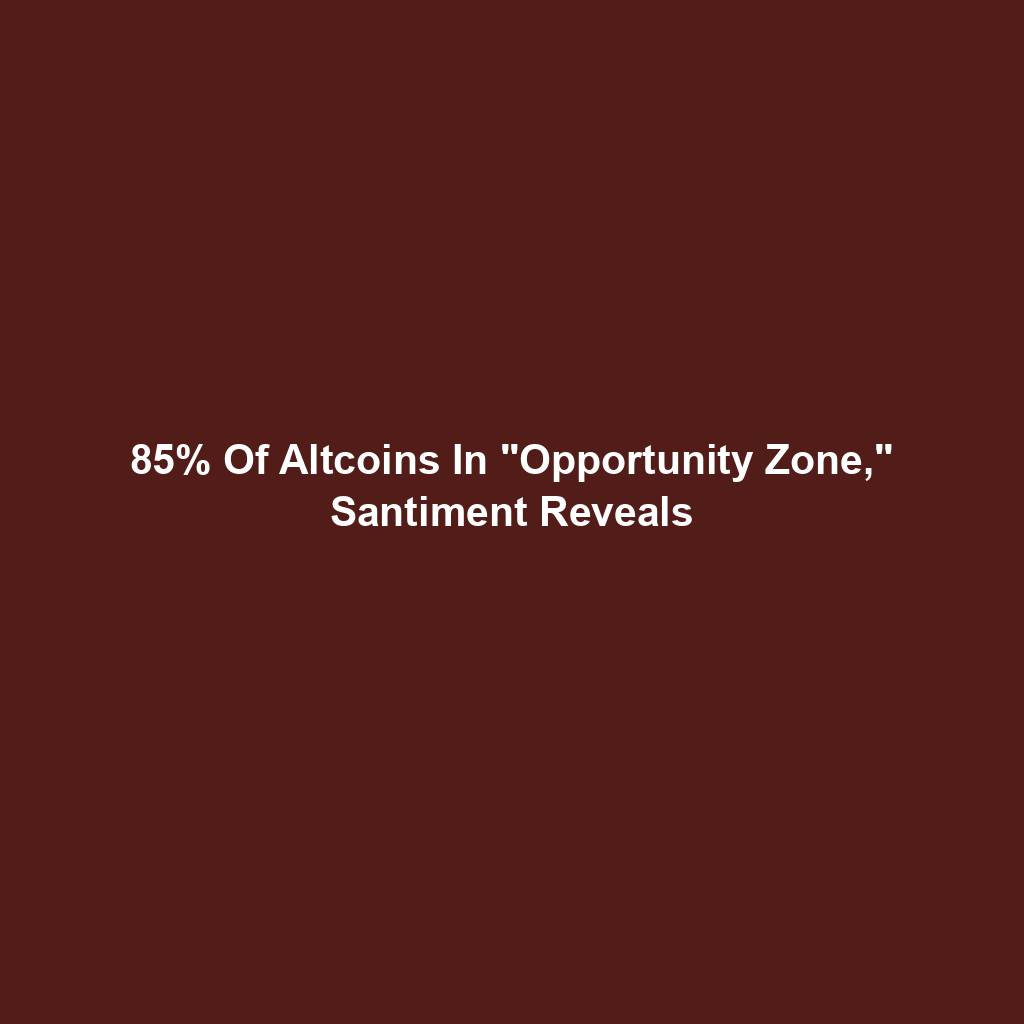
Sam Altman’s Worldcoin eyeing PayPal and OpenAI partnerships

Artificial Intelligence transforms the IT strengthen enjoy

Franklin Templeton tokenizes $380M fund on Polygon and Stellar for P2P transfers
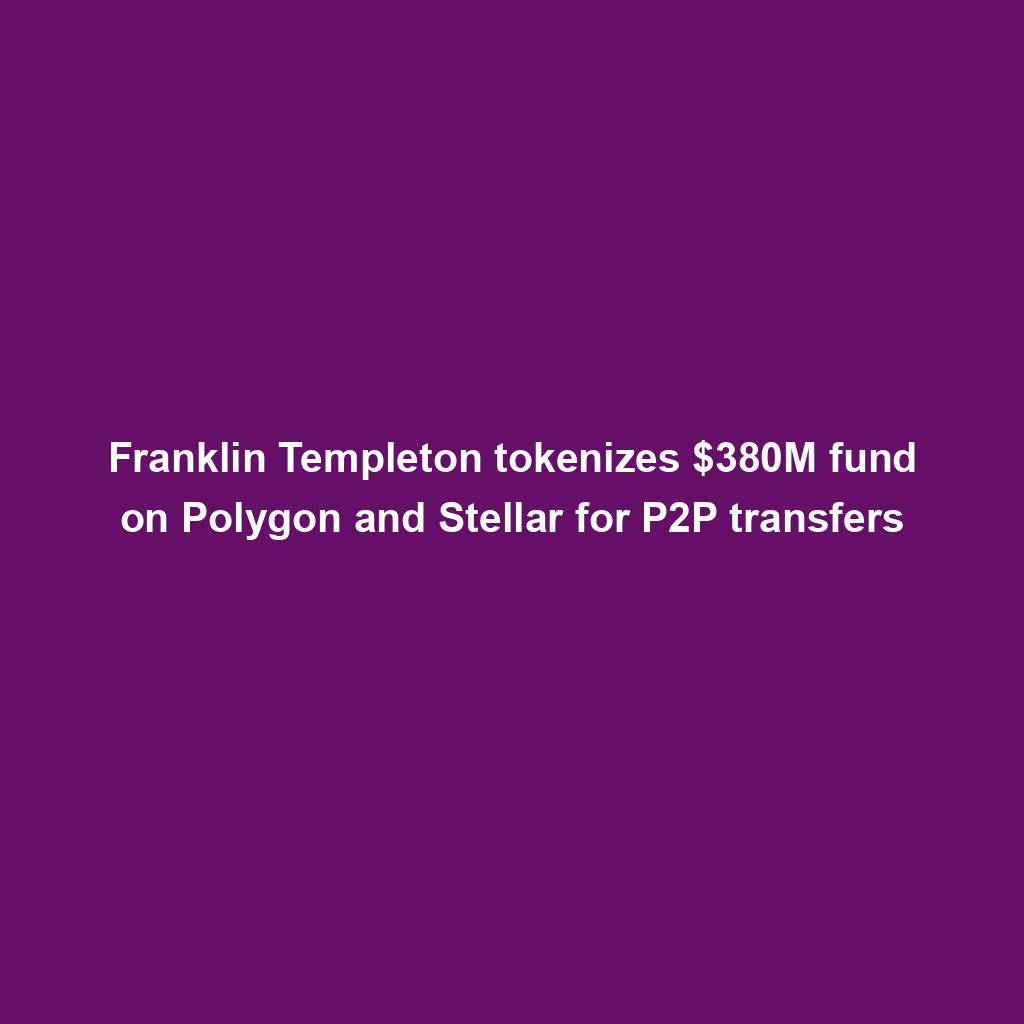
Meta’s letting Xbox, Lenovo, and Asus construct new Quest metaverse {hardware}
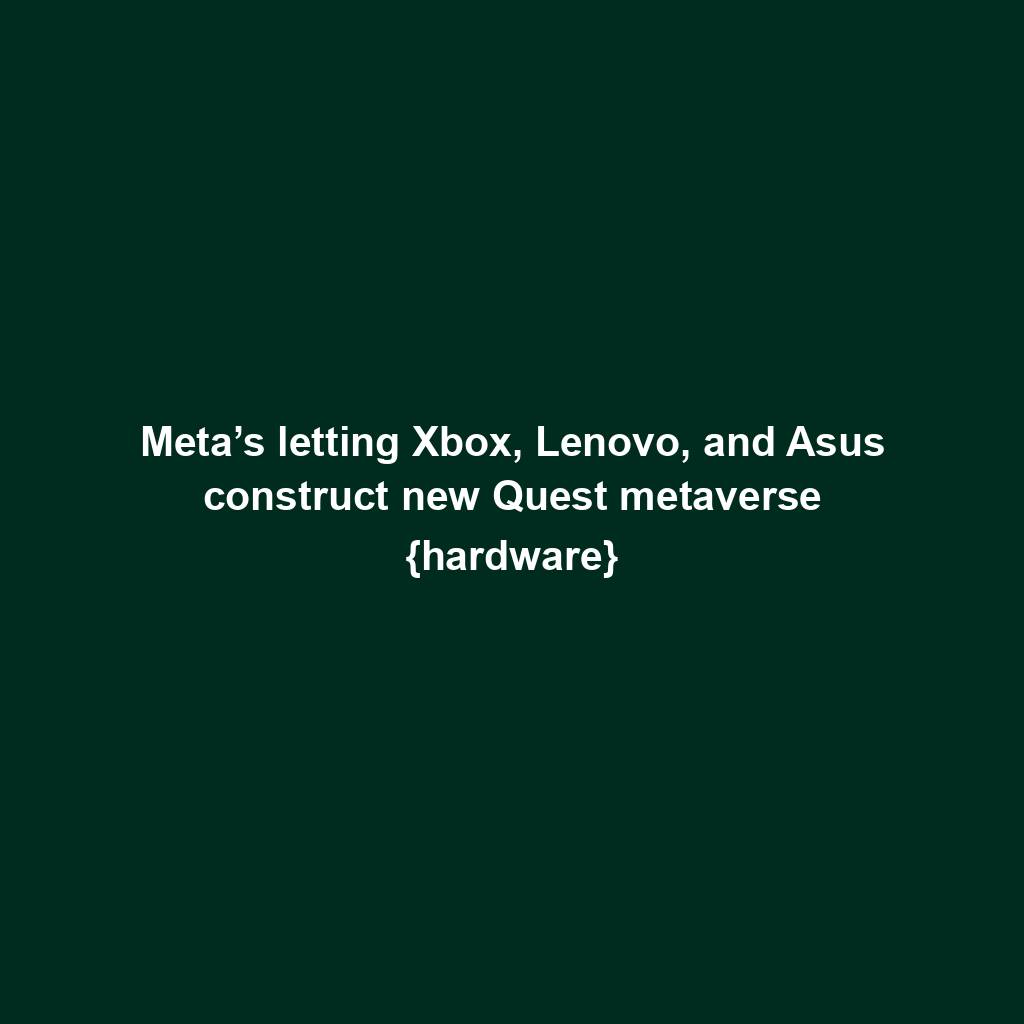
Shiba Inu (SHIB) unveils bold Shibarium plans as Kangamoon steals the display
